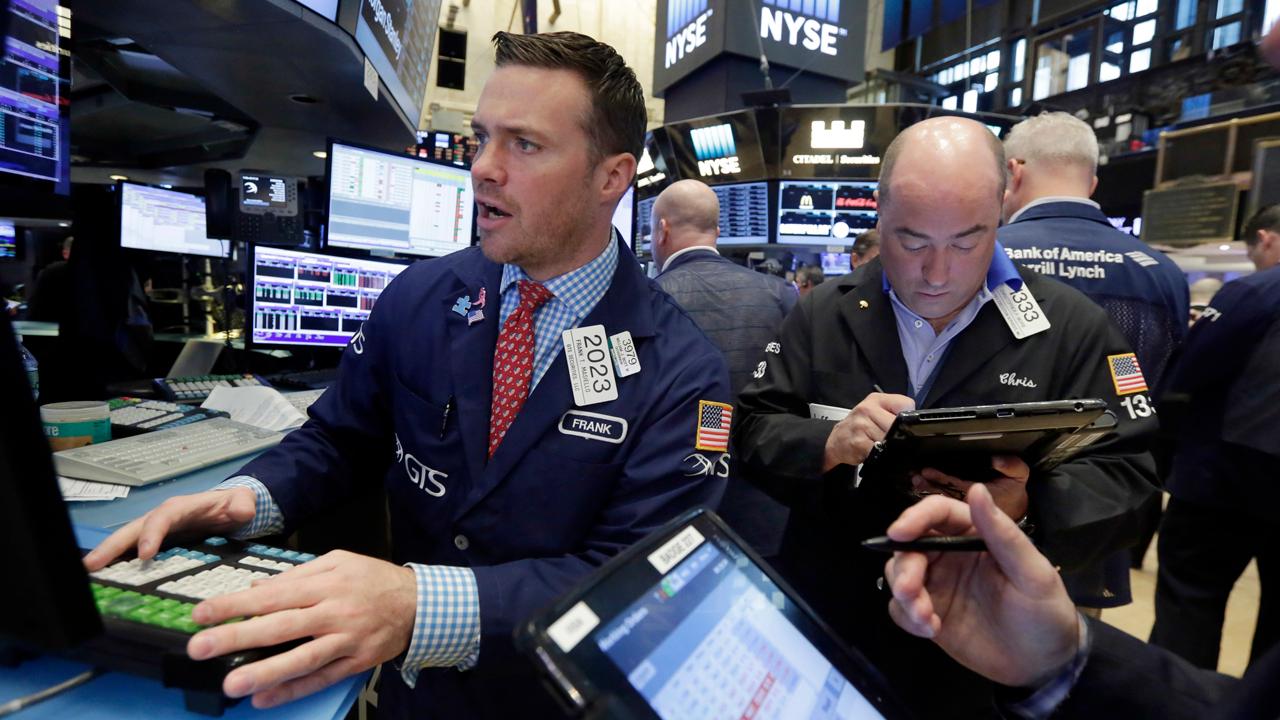Treasury 10-year yield hits seven-year high
The benchmark Treasury yield climbed above 3% on Tuesday to hit its highest mark in seven years, potentially raising borrowing costs for consumers and businesses.
The 10-year Treasury yield jumped to an intraday high of 3.093%, a level not seen since July 2011. The yield on the two-year Treasury note climbed to 2.593%, the highest since August 2008.
With bond yields rising, the Dow snapped an eight-day winning streak. The real estate sector, whose companies can suffer from higher interest rates, was the worst performer in the S&P 500.
Investors have been closely watching the 10-year Treasury note, which serves as a gauge of interest rates for mortgages and other forms of lending. The 30-year fixed rate mortgage rose 0.09 percentage point on Tuesday to 4.75%, a new 52-week high, according to Mortgage News Daily.
“Rising mortgage rates are further squeezing affordability for would-be homebuyers that are already frustrated by limited inventory of available homes and the higher home prices that have resulted,” Bankrate.com Chief Financial Analyst Greg McBride said in an email. “The downside to a stronger economy is that we see higher inflation and higher interest rates.”
Citing stronger inflation and U.S. economic trends, the Federal Reserve has gradually increased its benchmark short-term interest rate.
The core personal consumption expenditures price index, the Fed’s preferred measure of inflation, rose 1.9% in March. After its May meeting, the Federal Open Market Committee noted that inflation was moving closer to its 2% target, a development that has pushed Treasury yields higher.
The Fed has already raised rates once this year. Officials at the central bank have signaled that two more rate hikes are coming before the end of 2018, but investors have been wary that policymakers could accelerate the timetable if inflation picks up. Traders recently put 51% odds on a fourth interest rate hike in 2018.




















